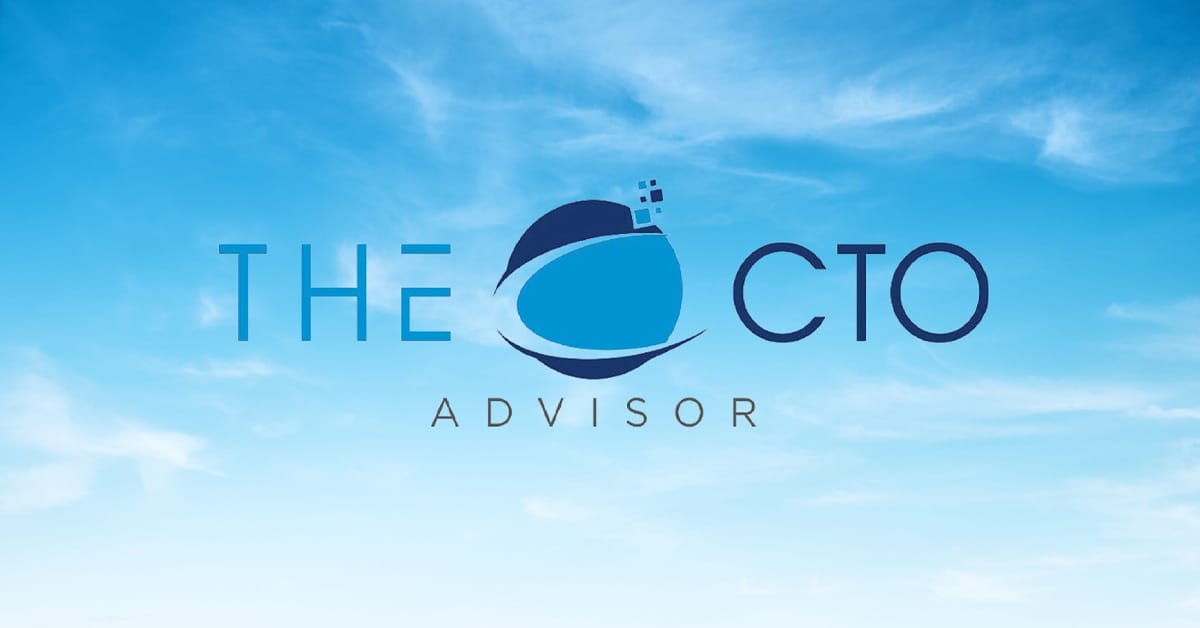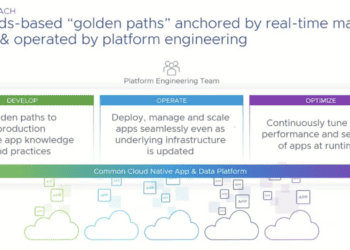Cloud – A C-Level Definition
There’s a great technical definition of cloud computing by the National Institute of Standards and Technology (NIST). Translating this definition into something that the business can understand is difficult and not relevant. It’s like trying to explain why an iPad isn’t a real computer. It’s a real computer to the small business owner using it as a point of sale device for their mobile retail store.
An organization can spend hundreds of thousands dollars deploying a private cloud but speed of provisioning is still the key success criteria. A business manager doesn’t care if Amazon calls their service Mainframe for Rent vs. Cloud Computing. The bottom line is that if the service can bring an idea to fruition faster than the start-up down the road is taking business then they will buy the service.
Cloud isn’t a technology
The same scenario plays out with private cloud. Your team could deploy an OpenStack infrastructure worthy of the front page of GigaOm (too early?) and still fail. Private cloud is the technology we leverage as part of the business process of agile IT. When a business leader is asking for cloud, they aren’t asking for the technology. Business leaders are requesting the agile processes that enable business.
Agility means different things to different organizations. For a highly regulated industry, this may mean being able to provision a new production database within one month. For a startup developing a next generation logistics service, it may mean complete control of the infrastructure and the ability to spin up and down resources as needed.
What business leaders are looking for is the elimination or reduction of friction. You may find that provisioning IT resources isn’t the bottleneck in your IT processes. The bottleneck may be the collection of requirements to build the required system. Implementing a private cloud would not resolve this process challenge. It just speeds up a part of the process that was never an issue.
The definition
This post has been a long way of my saying that the definition of the cloud depends on the audience. If your vendor asks if you are interested in the cloud, then we are talking the technology and the NIST definition. If a business leader is asking you if you have a cloud, then they are talking about the agile business processes needed to keep up with an advancing competitive landscape.
Share This Story, Choose Your Platform!

IT infrastructure subject matter expert (Cloud, Virtualization, Network & Storage) praised for transforming IT operations in verticals that include Pharma, Software, Manufacturing, Government and Financial Services. I’ve lead projects that include consolidation of multiple data centers and combining disparate global IT operations. “Three letter” Federal agencies have called upon me to lead the modernization of critical IT communication platforms.




